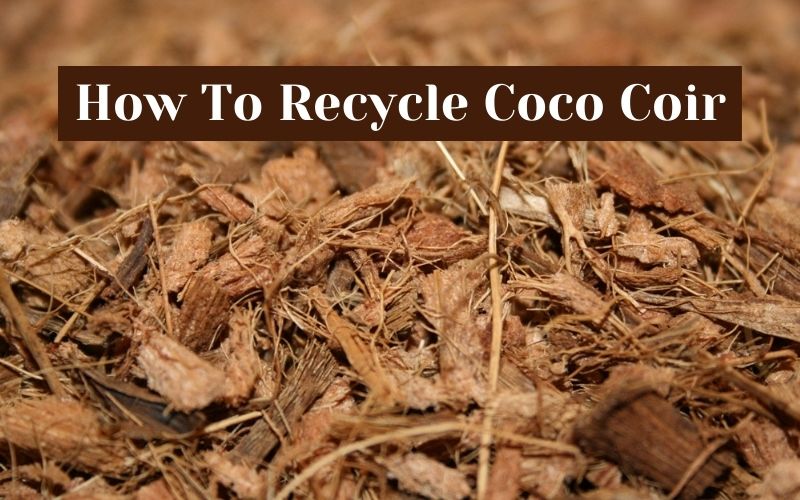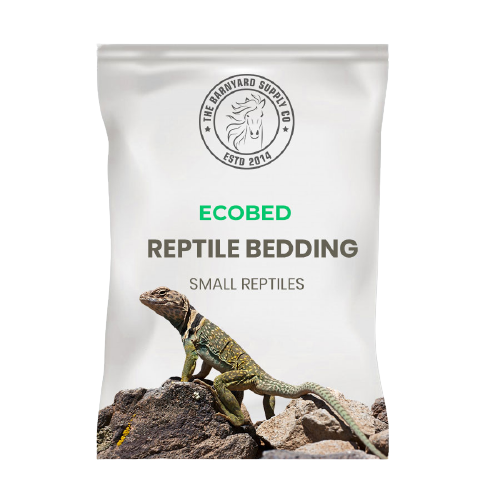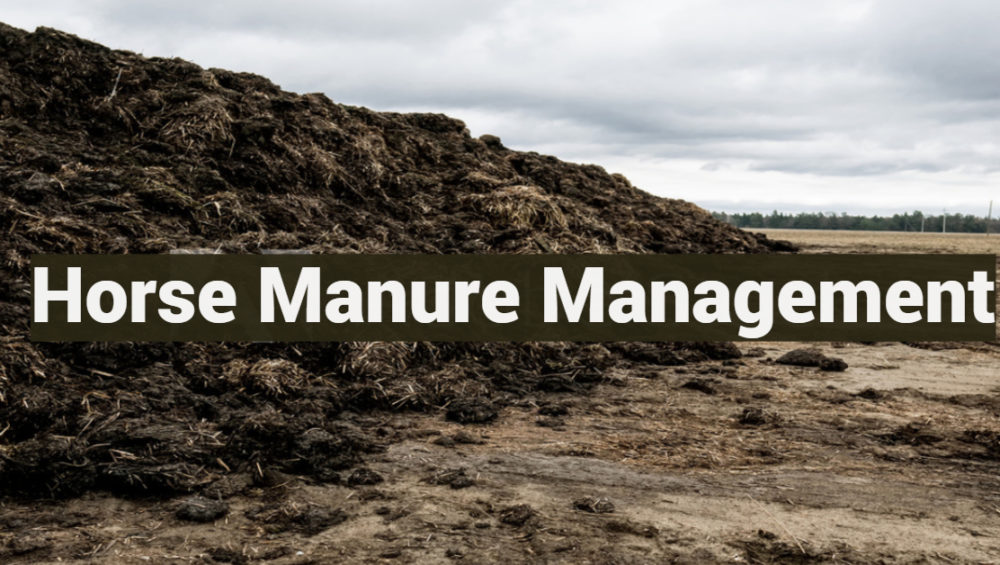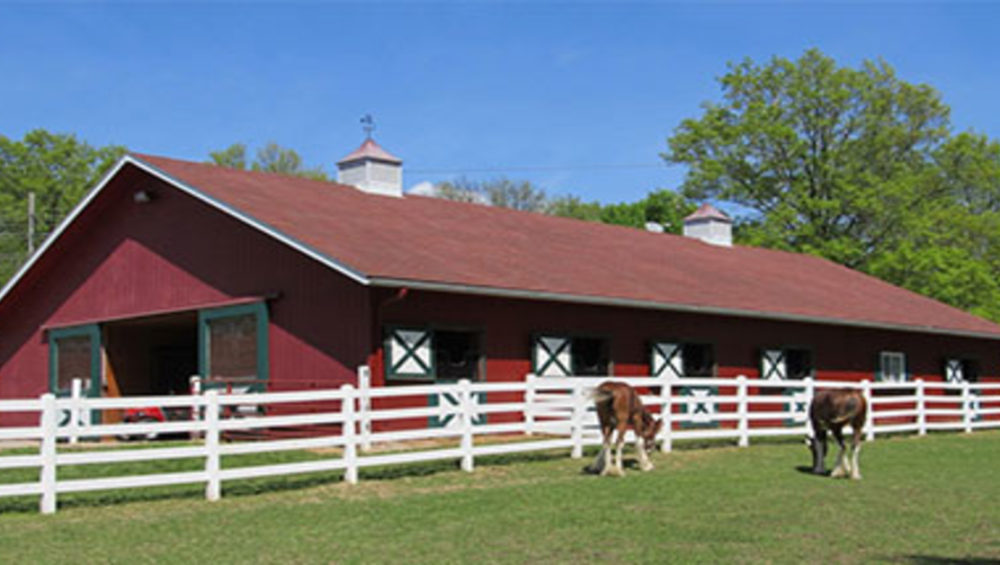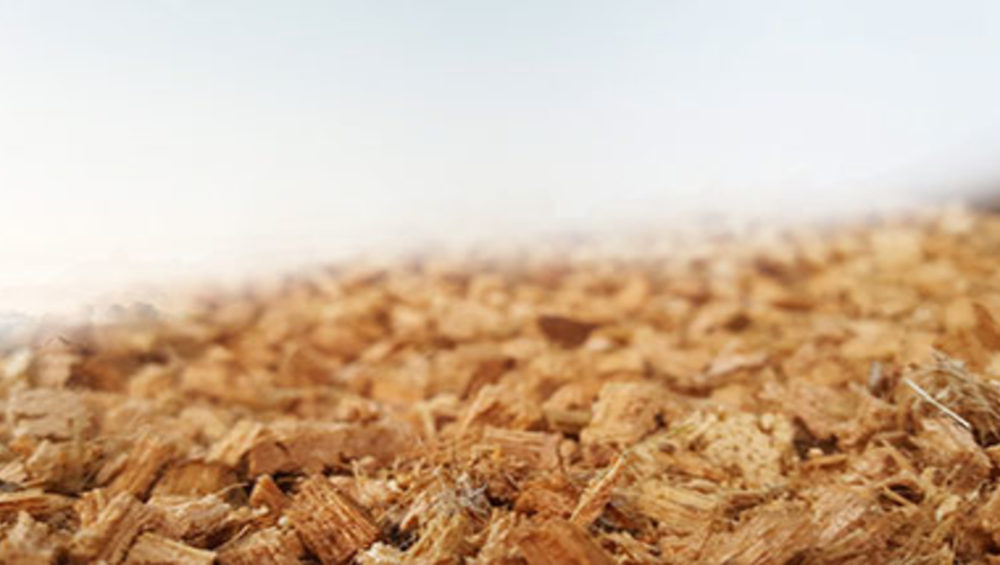Gardeners are increasingly using coco coir in its many forms as a soil amendment or as a growth medium on its own. It is an environmentally friendly substrate, which is one of its main selling features as an alternative to sphagnum peat.
It’s not simply that the fibres are resistant to deterioration and can persist for years. Coconuts are grown only once a year. Coco coir is self-sustaining, unlike peatlands, which take decades to create.
It’s not surprising, however, that an increasing number of gardeners want to learn more about how to utilise coco coir successfully.
Recycling The Coco Coir
One of the most beneficial aspects of utilizing coco coir is the ability to recycle old coir particles.
The first and most important step is to remove the coir medium from the growing area for drying. Spread the coir out to dry; it will most likely take weeks to totally dehydrate.
Any leftover plant materials from the previous crop should be removed. Larger roots and stems should be removed, leaving smaller roots behind that can be treated (with enzyme solution) to create a healthy supplement for future root systems.
Wash the coco with distilled water to remove any dead roots or leftover salts that may obstruct future nutrient absorption, as well as to maintain optimum EC and pH.
To remove the coco from the wash basin, use a perforated strainer or screen with an 18-inch mesh. It is preferable to wash outside, in the garden or backyard, to remove any impurities.
Setting the coco coir to be reusable entails re-buffering and enzyme treatment, as well as renewing the growth potential.
Cation exchange sites abound on the surface of Coco coir. Buffering is the process of exposing cation exchange sites to extremely concentrated calcium and magnesium solutions.
The coir material will be buffered before being used for the first time. Buffering should be done once more for re-use purposes.
Simply place the fabric pot of coco in a bucket and pour enough buffering solution to thoroughly immerse the cation exchange sites with Cal/Mag. Allow it to sit for 8 hours, covered.
Then, remove the cloth bag from the bucket and drain the buffering solution.
A specific enzyme mix is employed to break down leftover root material from the previous crop. Sensizym, for example, reconditions coco coir to provide a healthy foundation for fresh crops.
Enzymes convert the leftover roots into Carbohydrates that are sugar, which are then used by helpful bacteria in the rhizosphere for energy.
Then they make new enzymes to keep the cycle going and break down dead organic materials.
Coco that has been buffered and enzyme-treated is now ready to be reused.
The used coco coir comes in useful as a combination for grow media or as direct grow medium due to its deep aeration and improved water retention.
Coco is an excellent soil supplement for outdoor flower beds, gardens, and other areas where the soil is compacted.
Conclusion
Growing coco is not just a healthy option however recycling the coco is yet another method to make an environmentally conscientious decision for a better world.

